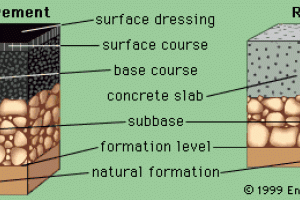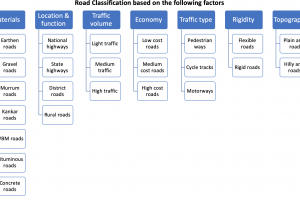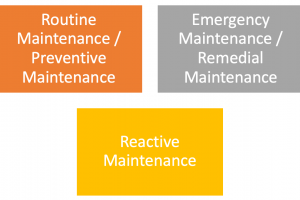Trip Distribution Models

Gravity Model
The gravity model is the most popular of all the trip distribution models. It allows the effect of differing physical planning strategies, travel costs and transportation systems to be taken into account. Within it, existing data is analyzed in order to obtain a relationship between trip volumes and the generation.
Growth Factor Model
The cells within a trip matrix indicate the number of trips between each origin-destination pair. The row totals give the number of origins and the column totals give the number of destinations. Assuming that the basic pattern of traffic does not change, traffic planners may seek to update the old matrix rather than compile a new one from scratch. The most straightforward way of doing this is by the application of a uniform growth factor where all cells within the existing matrix are multiplied by the same value in order to generate an updated set of figures. One drawback of this approach lies in the assumption that all zones will grow at the same rate.
Furness Method (Trial Method)
This again is a growth factor method, but in this instance the basic assumption is that in the future the pattern of trip making will remain substantially identical to those at present, with the trip volumes increasing in line with the growth of both the generating and attracting zones. It is still more straightforward than the gravity model and quite applicable to situations where substantial changes in external factors such as land use are not expected.










